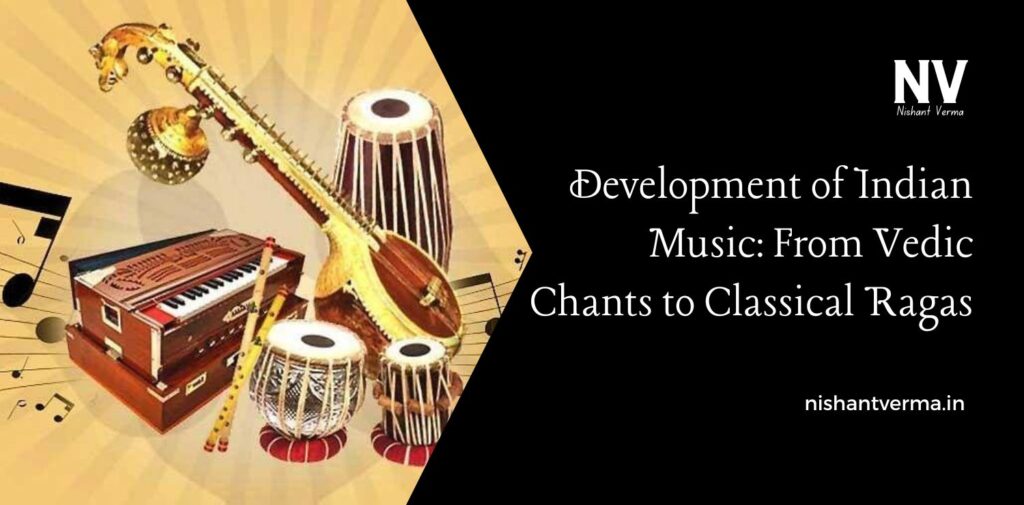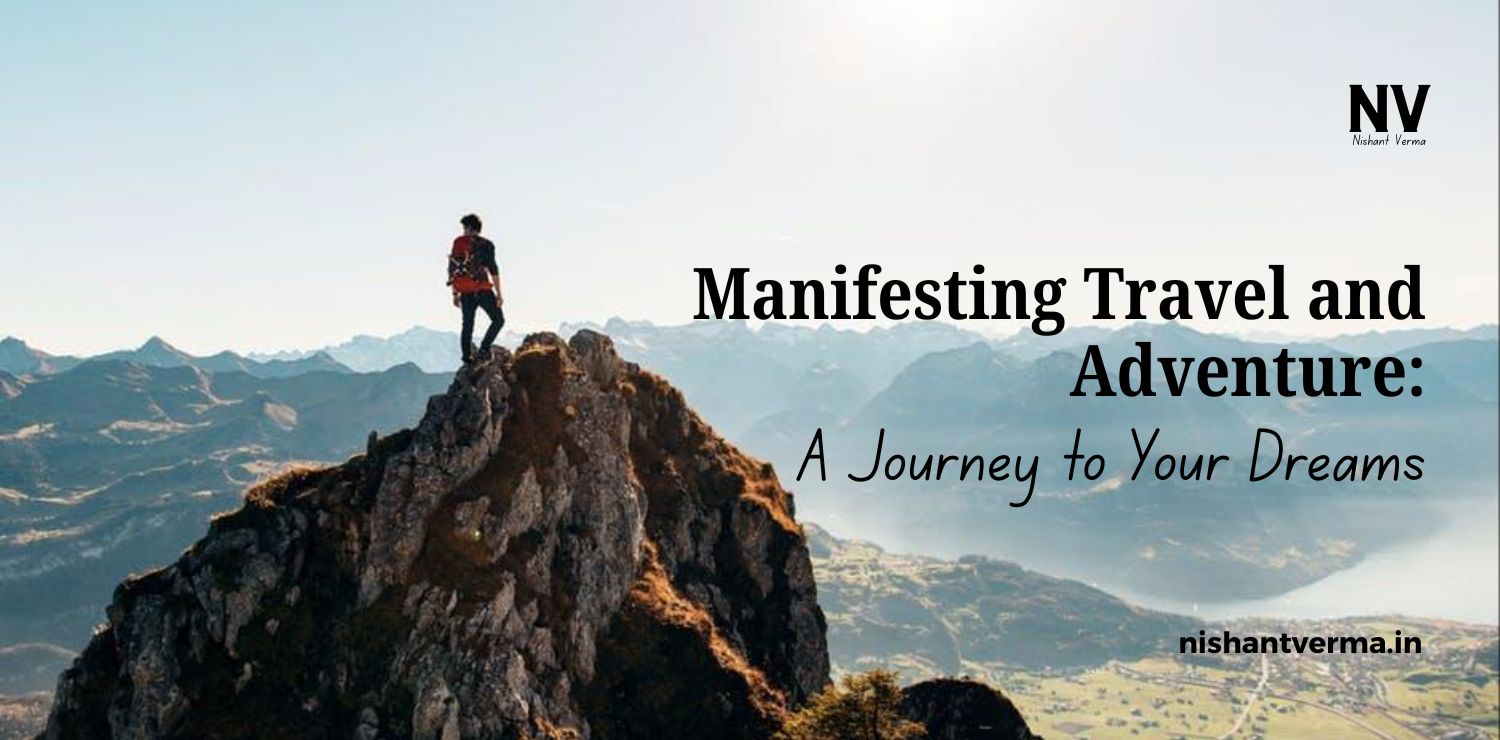Indian music is one of the oldest and richest traditions in the world. It has evolved over thousands of years, from simple chants during the Vedic period to the complex classical ragas that we enjoy today. This journey of Indian music is not just a history of songs and sounds, but also a reflection of the culture, religion, and emotions of the people. Let’s take a simple and exciting journey through the development of Indian music, starting from the ancient Vedic chants to the beautiful classical ragas we hear today.
The Beginning: Vedic Chants
The story of Indian music begins in the Vedic period, which is around 1500 to 500 BCE. During this time, music was mainly used in religious rituals. The Vedas, the oldest sacred texts of India, were recited in a special way, using specific rhythms and tones. These recitations are called Vedic chants.
The Vedic chants were not like the songs we hear today. They were mostly words spoken or sung in a rhythmic pattern. These chants had a deep connection with nature and the gods. The priests, who were trained in these chants, would perform them during religious ceremonies.
Music in this period was mostly about the connection between human beings and the divine. The rhythms and sounds of the chants helped people feel closer to the gods. The ancient Indians believed that sound and music had the power to create harmony in the world.
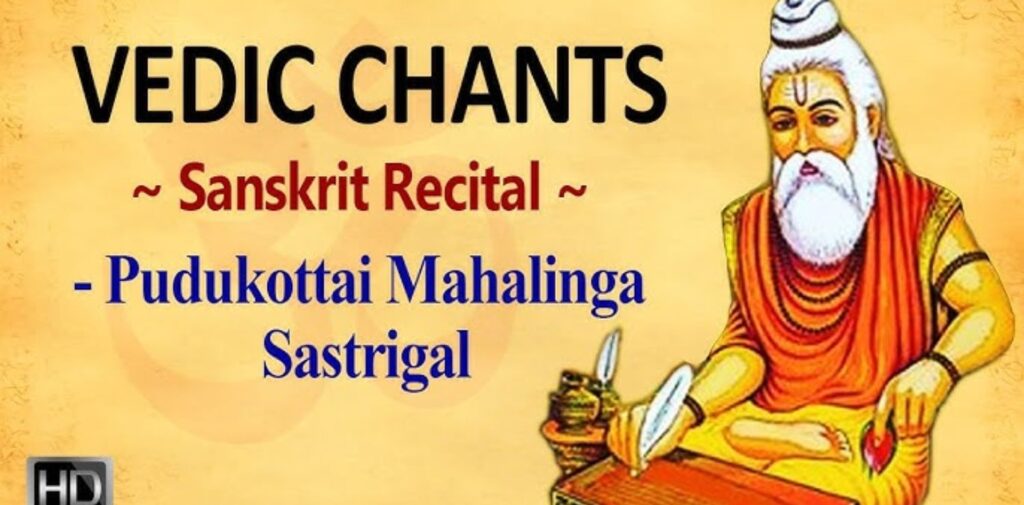
The Influence of Religious and Cultural Changes
As time passed, India saw many changes in its society, culture, and religion. New ideas from different parts of the world and new kingdoms and empires influenced music. By around 500 BCE, the music had started to take on more forms. People began to explore melodies (called raagas) and rhythms (called taals) that could express different emotions.
Indian music, during this period, started to shift from just religious chanting to a more artistic and emotional form. Ragas, which are specific musical scales or arrangements, were developed. Each raga was meant to bring out a particular mood, feeling, or time of day. For example, there were ragas for the morning, for love, for sadness, and even for rain.
Along with ragas, the rhythms also became more complex. The taals, which are patterns of beats, began to have more variety. These developments were the early signs of the classical music tradition that would grow in India over the centuries.
The Rise of Classical Music: Hindustani and Carnatic
As centuries passed, Indian music started to develop two main traditions: Hindustani and Carnatic. These two styles of classical music evolved in different parts of India but shared many similarities in their use of ragas and taals.
Hindustani classical music grew in the northern part of India. It developed during the Mughal Empire, which ruled from the 16th to the 18th century. The music from this period became more sophisticated. Instruments like the sitar, tabla, and sarod were introduced and became important parts of Hindustani classical music. Ragas became more complex, and improvisation, or creating music on the spot, became an important feature.
On the other hand, Carnatic music developed in the southern part of India. Carnatic music is known for its strong connection with religious themes and its emphasis on vocal music. It was mostly performed in temples and was closely tied to devotion. The instruments used in Carnatic music include the veena, mridangam, and violin. This style of music also focused on ragas and taals, but the melodies and rhythms were different from those in Hindustani music.
Both Hindustani and Carnatic music became more organized over time. They followed strict rules for how ragas and taals should be used, and the music became more structured, with clear melodies and rhythms.
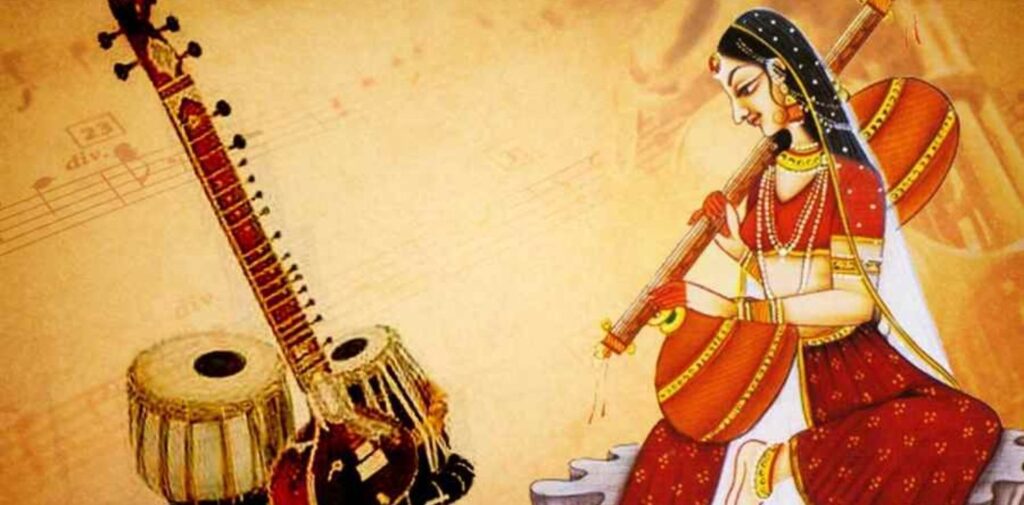
The Golden Age of Indian Music
The period from the 16th to the 19th century is often called the Golden Age of Indian Music. This was a time of great creativity and growth in Indian classical music. During this period, many famous musicians, composers, and singers contributed to the richness of Indian music.
One of the most important figures of this time was Tansen, a legendary musician who worked under the Mughal Emperor Akbar. Tansen is credited with making the Indian classical music tradition even more popular and bringing it to the royal courts. He is also said to have created new ragas and enhanced the beauty of traditional ragas with his skill.
In southern India, composers like Thyagaraja, Muthuswami Dikshitar, and Shyama Shastri played an important role in the development of Carnatic music. Their compositions are still performed today in Carnatic music concerts all over the world.
The Importance of Music in Indian Society
Music has always been an important part of Indian life, not just in temples or royal courts, but also in everyday society. It was believed that music could heal the mind, body, and soul. The connection between music and spirituality is strong in Indian culture. People often listen to devotional music to feel closer to their gods, and many classical performances are still held in temples today.
Indian music also plays a role in celebrations and festivals. Traditional songs are sung during weddings, birthdays, and festivals, bringing people together in joy and harmony. This tradition continues today, with people celebrating their culture through music in various forms.
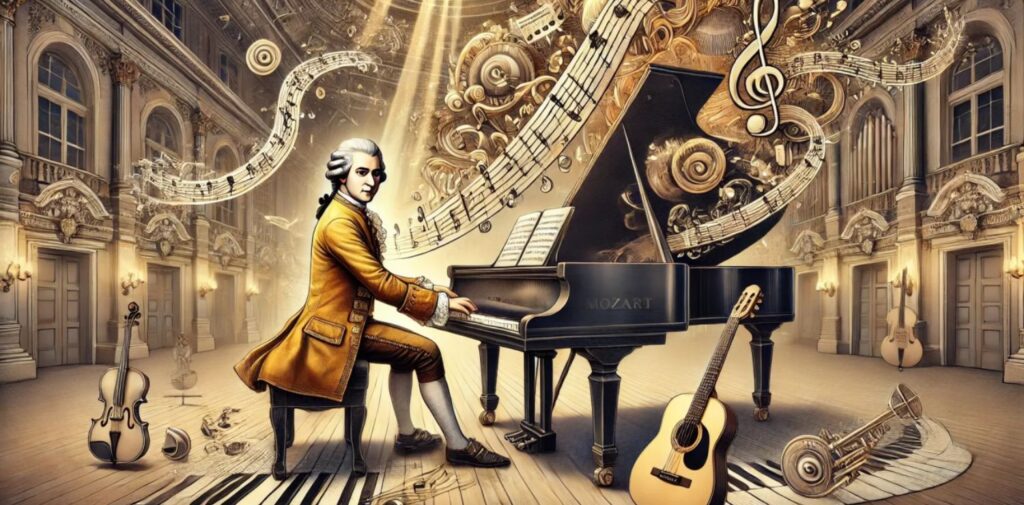
The Influence of Modern Music
As India entered the 20th century, the country saw many changes, including the influence of Western music. The introduction of instruments like the guitar, piano, and drums led to the growth of Indian film music (Bollywood music). Film songs became very popular, and many traditional artists started blending classical music with popular tunes.
Despite these changes, classical music continued to thrive. Today, classical music is still taught in schools and performed at concerts around the world. The two main traditions of classical music—Hindustani and Carnatic—remain strong and are passed down through generations.
Conclusion: Development of Indian Music
Indian music has come a long way from its early days of Vedic chants. From religious ceremonies to royal courts and temples, music has played a central role in Indian culture for thousands of years. Today, it continues to evolve and inspire people all over the world.
The richness of Indian music lies in its ability to express emotions and connect people to their culture and spirituality. Whether it is a classical raga, a devotional song, or a Bollywood hit, Indian music continues to bring joy, peace, and a sense of unity to people everywhere.
The journey of Indian music—from the simple chants of the Vedic period to the complex ragas of classical music—is a reflection of India’s long and diverse history. Music in India will continue to evolve, but its deep roots in tradition will always remain.

